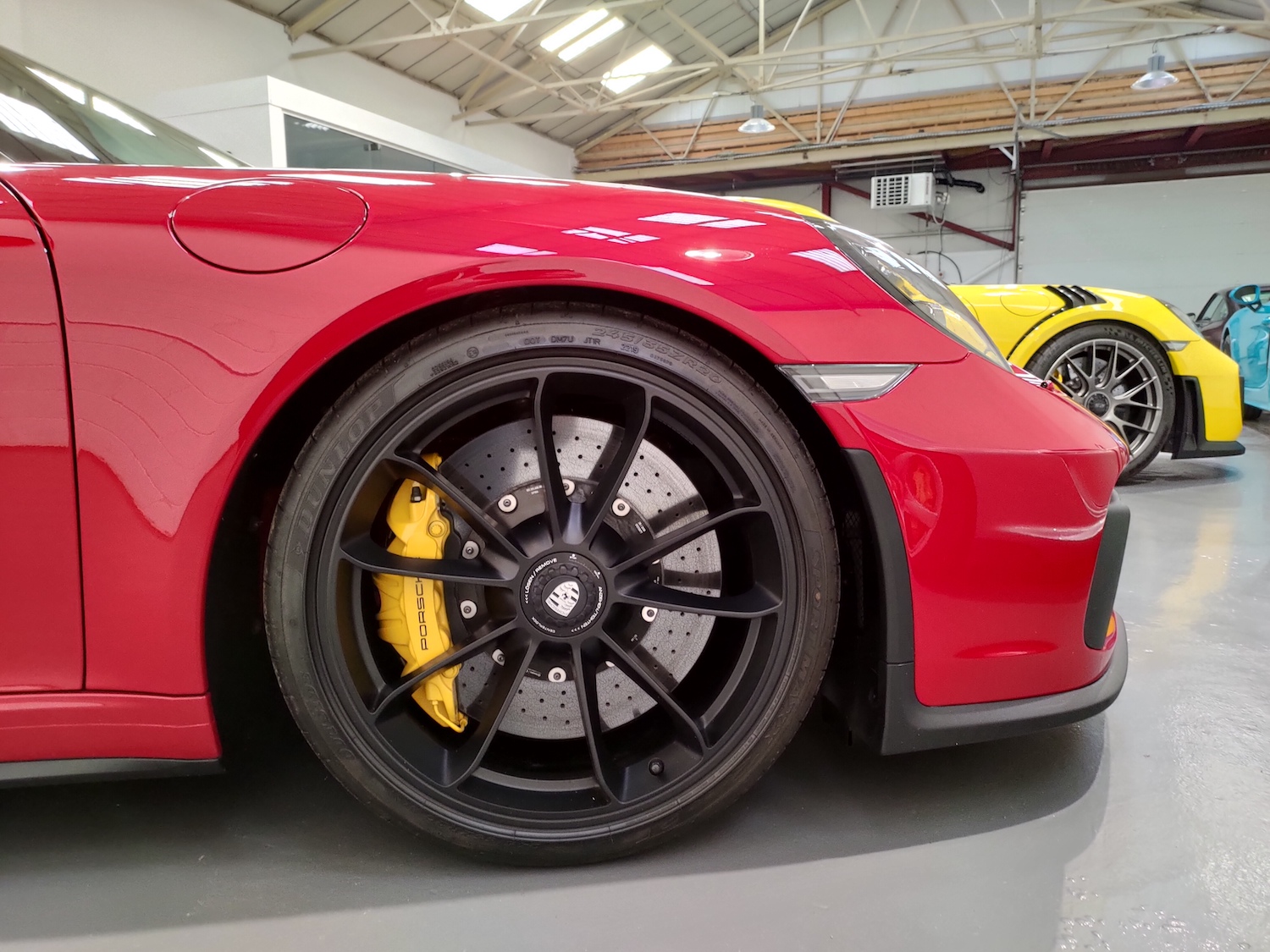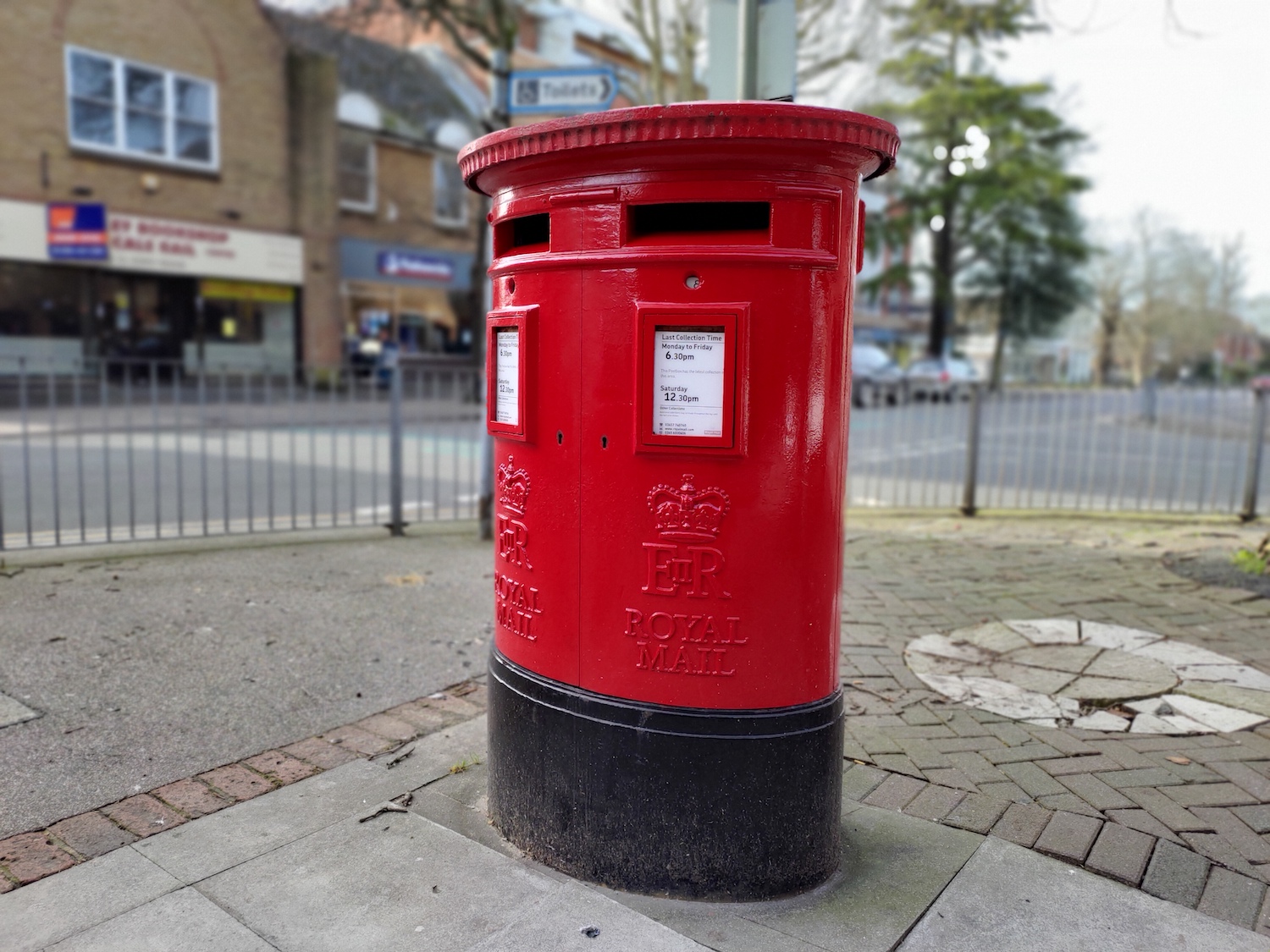
The Asus Zenfone 6 is one of our top smartphone recommendations if you have $500 to spend. Eight months have passed since the phone was announced, and despite stock shortages at first, the Zenfone 6 is widely available today.
Yet the smartphone world does not stand still, and several competitors have come out since then. Is it still worth buying? I took the Zenfone 6 for a second spin to find out.
The competition

Asus managed to hit a price sweet spot with the $500 Zenfone 6 that few others can match. The phone’s competition is either a little less, or a little more expensive. Since the phone’s release, only two others phones in its price range have earned our recommendation — the $400 Google Pixel 3a, and the $600 OnePlus 7T.
Is that it? If you live in Europe or the U.K., the Xiaomi Mi 9T Pro and the Realme X2 Pro can also be found for less than the Asus Zenfone 6. Also, the iPhone XR can be yours for $600 if you want to use iOS. None of these are clearly better, however.
2019’s hardware is still great in 2020
The Asus Zenfone 6 was released early in 2019, so aspects of the Zenfone 6 which feel dated. Yet it doesn’t seem old and unwanted. Its most dated feature is the fingerprint reader on the rear. Most phones today have an in-display fingerprint sensor or face recognition to unlock the device, so the old-school sensor appear little antiquated on the spec sheet.
But here’s the thing. The rear fingerprint sensor is fast and reliable, which is all anyone wants from a security system. New login security on new phones doesn’t always work well, and when it does, it’s not a night-and-day difference.
Another feature that’s long-since disappeared from mainstream phones is the 3.5mm headphone socket. Again, this isn’t a problem. If you hanker after using a headphone cable, the Zenfone 6 delivers. But if you want to go wireless, don’t worry. Bluetooth is of course included.
A Qualcomm Snapdragon 855 processor with 8GB of RAM powers the Zenfone 6. Its performance is excellent, so there’s no worry it’ll feel slow in the near future. Asus’s work redesigning the phone’s internals continues to pay off, because the hybrid SIM tray has not one but two SIM slots, plus a MicroSD card tray. Few global phones offer this versatility.
The phone’s design has held up due to the lack of notch or hole-punch selfie camera blighting the front, sensibly sized bezels, and quirky-yet-clean rear panel. The phone’s somewhat chunky body, at 9.1mm thick, is satisfying to hold, and gives it some quality heft. However, the body is slippery. Put it on almost any surface and it slides about, and there’s not much grip even when you hold it either. The hard plastic case that comes with the phone is a must.
The camera still flips

I have been using a different Zenfone 6 from the one I reviewed in June 2019, and the flip up camera lens rattles less than the previous model. The mechanism is held tighter against the body and doesn’t move much. This makes the phone feel more durable, and stops annoying noises when the phone vibrates. The space between the body and module still attracts lint from your pocket, but this hasn’t hindered operation.
I love the Zenfone 6’s camera. Asus made the right decision about integrating a wide-angle lens to go with its standard lens, ensuring it keeps pace with competitors announced more recently, including the OnePlus 7T. It’s also a big advantage over the Google Pixel 3a, which suffers from the lack of wide-angle camera. The pictures it takes are a match for the OnePlus 7T in terms of tone, exposure, detail, and color. The Pixel 3a produces more saturated pictures with an astonishing level of detail, and highly impressive handling of shadows and complex lighting environments. That said, the Zenfone 6’s HDR mode is great, and gives shots with difficult lighting plenty of pop.
- 1. Asus Zenfone 6
- 2. Google Pixel 3a
- 3. OnePlus 7T
Flip the camera round to take selfies, and the Zenfone 6 shows off its party trick — wide-angle selfies. Many bemoaned the removal of this feature on the Pixel 4, and few other phones available today have a true wide-angle front lens. The difference is pronounced. Forget fitting a couple more friends into the selfie. You can fit an entire party in with the Zenfone 6. Add in the fun automatic panorama mode, a very effective portrait mode, the 2x zoom, and the tracking feature — where the motorized camera module follows a chosen subject for you — and the Zenfone 6 does just as much as comparable phones.
Where the flip round camera fails is for face unlock, as it’s simply too slow to be used on a daily basis. Some reviews were concerned about the camera’s reliability, but if the module is a weak link, it has not shown up for me, and complaints from owners aren’t common.
Strong software and battery

Asus introduced its latest ZenUI interface with the Zenfone 6, dropping the previously highly modified versions, and providing a clean, Pixel-like experience with minimal alterations to the software found on Google’s phone. It’s excellent. Fast, simple, and mostly uncluttered. Asus also pushed out an Android 10 update last year, including the slick gesture control system seen on the Pixel 4. It works well on the Zenfone 6’s button and camera-less screen.
Compare the Zenfone 6 to the OnePlus 7T and it’s almost identically sized, just a little thicker. There’s good reason for this. It has a 5,000mAh battery inside. When we first reviewed the Zenfone 6, the battery didn’t quite live up the the expectations, but it certainly was not a disappointment. Asus may have tweaked the software, as over the last few days with diligent use, the phone has lasted two full days with a little energy to spare. It can stretch into three days with light use. That’s superb.
The Zenphone 6 is still the phone to buy for $500

Is the Zenfone 6 still the phone to buy at $500? Yes, absolutely.
We recommend it over the Pixel 3a because we expect the Pixel 4a to arrive in the near future, and the OnePlus 8 could come in the next few months, too. However, the OnePlus 7T is still a strong purchase, due to the 90Hz refresh rate on the screen, its camera, and software. You won’t be disappointed, or left thinking you could do better in a month or two, by choosing either the Zenfone 6 or OnePlus 7T.
The Zenfone 6 has improved with age. Not only has Asus delivered a crucial Android software update ahead of many competitors, but the overall software experience is great too, rivalled by only the Pixel and OnePlus’s OxygenOS. The battery lasts forever, the camera takes solid photos, and the flip-up camera module is still an eye-catching feature.
Asus may be the biggest name in smartphones, but the enduring Zenfone 6 proves the company deserves your attention.













